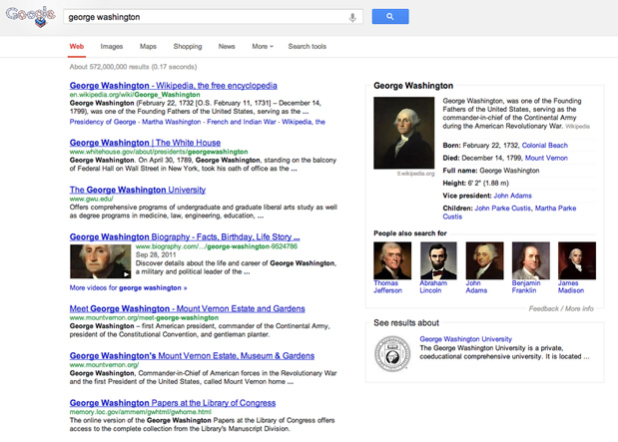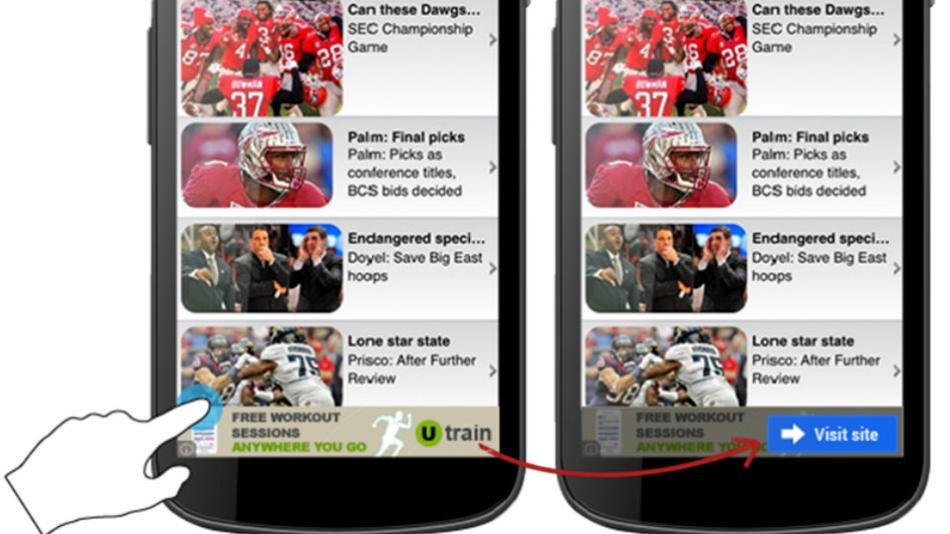For years, talking heads of affiliate marketing have foretold the slow and painful demise of e-mail campaigns. All heads swiveled when social marketing made its grand entrance on the marketing scene. Sure enough, e-mail quickly became the ugly girl/guy left standing alone at the bar at last call while the barflies staggered after the fashionable social media crowd. But don’t count e-mail out, it’s still the 800 pound gorilla when it comes to data monetization, whether you like it or not. And you never know, if you take the ugly girl (or guy) home from the bar, you might be pleasantly surprised at the outcome.
E-mail still brings value to your marketing plan, but it can no longer stand as the only piece of your plan. It has a place among social marketing; you just have to get more creative with how you use it. For example, everyone knows mobile dominates the market. In fact, a recent study determined that 45% of shoppers access e-mail on a mobile device. That means more people than ever before are checking their e-mail more often. When it comes to our mobile devices, we’re Pavlov’s dogs. The instant we hear that ding or buzz we get all jittery, our fingers twitch, and we lose all focus. Our only thought is about who is trying to reach us. A carefully crafted e-mail campaign can feed this mobile addiction.
But you have to feed it the right way. Gone are the days of random spamtastic e-mail blasts. Data analytics and response based targeting allow our affiliates to reach even the tiniest of niches, making targeted e-mails with valuable content an extremely relevant marketing strategy. According to a study by Experian Hitwise, people are 29% more willing to open a targeted e-mail versus a mass one. But shoppers need a reason to spend time opening, reading, and acting on your messages. In a study of 3,000 social media users ages 12 and older, 61% said they read e-mail from brands, products, and companies for the deals discounts, and coupons they offer. Think about ways you can make use of that statistic.
Social media revenue may be the most sought after meat on the market, but more and more studies are indicating that it might be all looks and no substance. The Direct Marketing Association found that e-mail outperforms social media 3-to-1, and that social networks might actually be the ones left alone at the bar when it comes to their effectiveness as profitable marketing tools. Many big-name retailers are reporting that e-mail has proven more effective than Facebook in terms of capturing customer attention.
Right now, social media is fun and exciting, the life of the party. Who wouldn’t want to take it home? But look past all the glitz and glamour and give e-mail a second, lingering glance. It could be the profitable after-party you’ve been looking for.


















